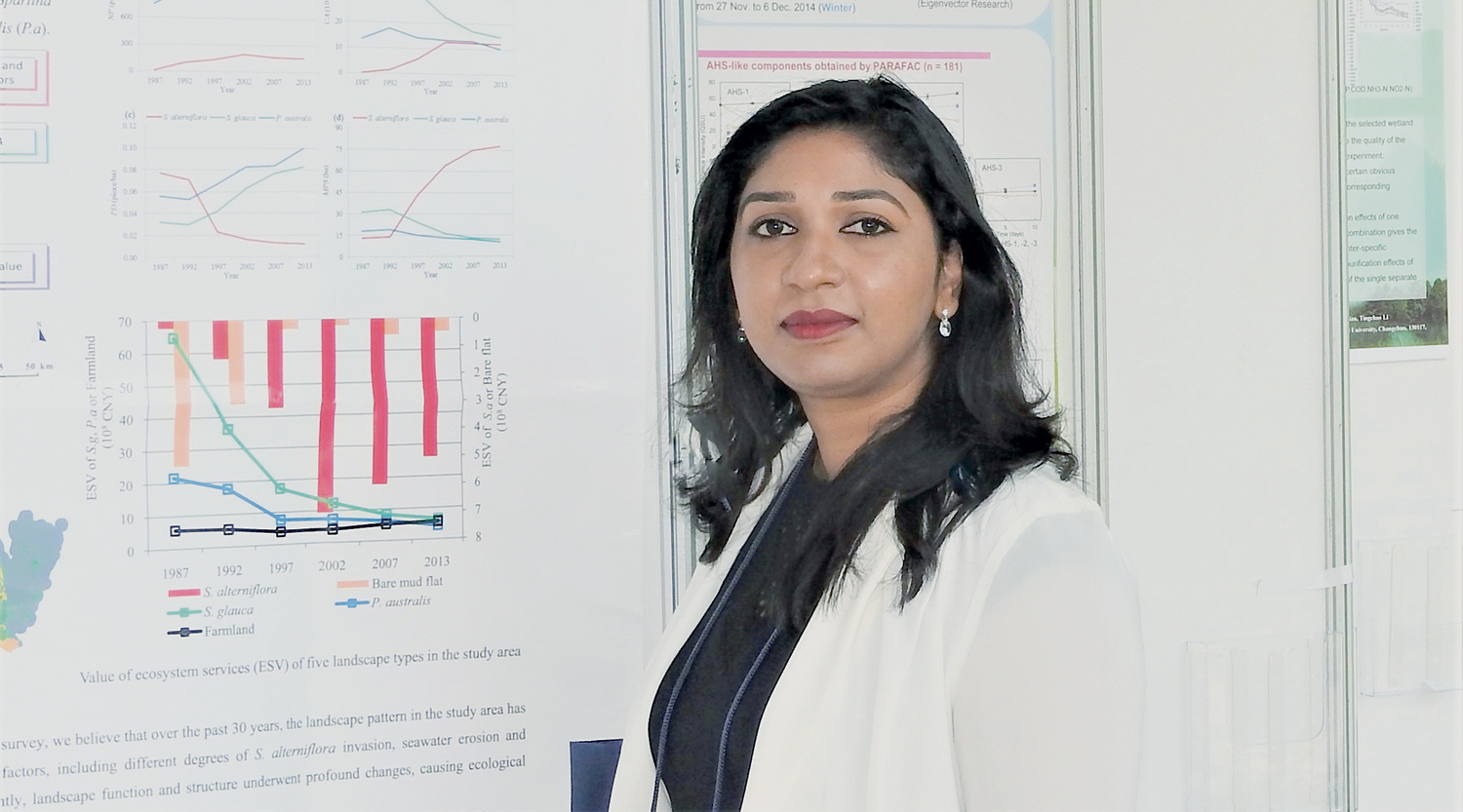

MUSCAT: A study of aquatic plants associated with the ‘wadi’ ecosystems carried out in Oman has resulted in several positive outcomes, including the setting up of a comprehensive database for the macrophyte species in the Al Hajar Mountain ranges.
Dr Lakshmy Rajesh carried out this detailed work for her doctoral thesis in the Department of Biology at the College of Science at Sultan Qaboos University, under the supervision of Prof Reginald Victor and other experts.
As part of her research, Lakshmy studied the diversity of freshwater aquatic plants in 26 wadis of the northern Al Hajar Mountain range for the first time. She collected 48 species belonging to 19 families and 38 genera, and recorded their frequency of occurrence, growth forms, life forms and International Union for Conservation of Nature (IUCN) status.
Lakshmy said that Phragmites australis (Common Reed), a large perennial plant species found in wetlands, is the most dominant macrophyte followed by Typha domingensis (Southern Cattail or Cumbungi).
Among submerged macrophytes, Chara vulgaris (common stonewort) had higher relative frequency followed by Potamogeton distinctus.
Through her study at molecular level, she recorded Potamogeton distinctus, a species that had been misidentified for decades by earlier researchers, as new to Oman and the Arabian Peninsula. Potamogeton species are one of the most difficult taxa to identify, because they show a wide range of morphological variations.

Specimens of this species were collected from nine study areas and its identity was confirmed by DNA barcoding, a modern research methodology that provides accurate taxonomic clarity at species level. The accession number of the barcode has been submitted to the National Centre of Biotechnology Information (NCBI) database.
“A total of 19 other macrophytes were also barcoded, and this also is the first effort for Oman”, Lakshmy said. In this work, special importance was given to Charophyta, the only non-spermatophyte included in this study. Two species of charophytes, Chara vulgaris and Chara zeylanica were collected. Morphology of thallus and oospores were studied using sophisticated techniques like Scanning Electron Microscopy to help in species identification.
During her work, Lakshmy studied the ecological characteristics of all the sites. Assessment of environmental variables related to macrophytes showed that they are actively interacting, showing complex interactions determining species diversity. Although a number of studies have attempted to identify the regional aquatic flora, a great pitfall is the lack of effort in understanding the association between macrophyte structural complexity and their associated environmental factors.
This study stands apart by giving more information about the abiotic factors controlling the growth and distribution of aquatic plants in northern Oman. Thus, it sets the trend for finding the most appropriate ecological indicators to identify the anthropogenic stress on aquatic ecosystems.
Oman Observer is now on the WhatsApp channel. Click here



